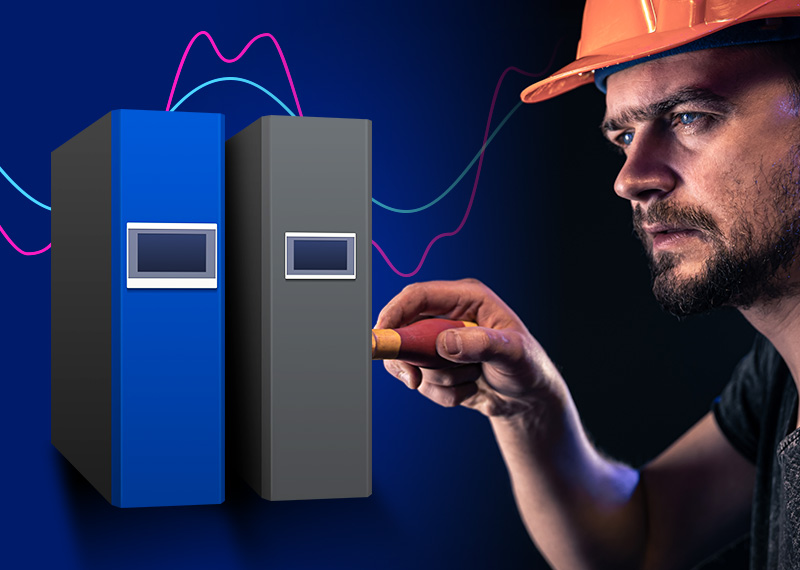What is Compensation? Importance and Benefits for Businesses

Electrical energy is one of the most critical resources for the sustainability of businesses.
Introduction The Invisible Face of Electricity Bill
Electrical energy is one of the most critical resources for the sustainability of businesses. However, most businesses focus only on the cost of the active energy they consume, while ignoring the hidden costs caused by reactive energy. This is where compensation systems come into play. So what is compensation? Why should every business use this system?
What is Reactive Power?
Electric energy consists of two main components:
- Active power (kW): The real energy that does work and runs machines
- Reactive power (kVAr): Caused by the phase difference created by inductive and capacitive loads, energy that does not work directly
- Apparent power (kVA): Combination of active and reactive power
Inductive and capacitive loads such as motors, transformers and fluorescents produce reactive energy. However, this energy unnecessarily loads the grid. At this point, a solution that increases system efficiency by balancing reactive power is required: compensation.
What is the Purpose of Compensation?
The main purpose of compensation is to increase energy efficiency by balancing the reactive power returning to the grid and to prevent penalties imposed by distribution companies. Thanks to a correctly designed compensation system:
- Reactive energy consumption is reduced
- Network is used more efficiently
- Electricity bill drops
- Increases energy quality
What Happens If Compensation Is Not Made?
Businesses with a reactive rate above a certain limit face reactive penalty costs. Especially in production facilities, these figures can reach thousands of liras per month. Also:
- Switching elements wear out faster
- Transformers and cables remain under unnecessary load
- Voltage drops increase
- Power outages may occur
In order to prevent all these problems, a compensation system suitable for the structure of the enterprise should be installed.
What are Compensation Systems?
1. Fixed Compensation
- Suitable for small loads
- Capacitors are permanently connected
2. Automatic Compensation
- Capacitor switches on according to the load change
- Reagent ratio is automatically stabilized
3. Active Compensation (AHF/SVG)
- Preferred in plants containing harmonics
- Can suppress reactive power and harmonics simultaneously
- High-tech, advanced solutions
Conclusion: Efficiency, Savings and Safe System
As energy consumption is increasing, compensation systems have become not only an ‘additional equipment’ but also a necessity for cost control and system security. The load structure of each enterprise is different, so accurate analysis and appropriate system selection are critical.
Take a Step Now!
Meet our expert team for a highly efficient compensation system specific to your business.
